This is the 14th post in a series about the Leica Q2 Monochrom. You can see all the other posts in the series by looking in the Category List drop-down menu on the right side of the page.
I’ve been trying to get some quantitative results in my Leica Q2M ISO 100 highlight testing, and the results that I’ve been getting had me questioning my test protocol. So this morning I ran a series of tests that were intended to look at the highlight behavior at ISO 100, but also that at ISO 200 using the same protocol.
Using the RRS Q2 plate, I put the Q2M on a sturdy set of RRS carbon fiber legs using an Arca Swiss C1 head. I set the camera to ISO 400 and a quarter of a second. I adjusted the aperture to get mild clipping. Using the self-timer, I made an exposure. The I set the ISO to 200, the shutter speed to 1/2 second, and made another exposure. Finally I set the ISO to 100, the shutter to one second, and made still another exposure.
I extracted the raw images, normalized them to 16383, so that full scale was now one, downsampled them in Matlab, added a gamma 2.2 tone curve, and here’s what they look like:
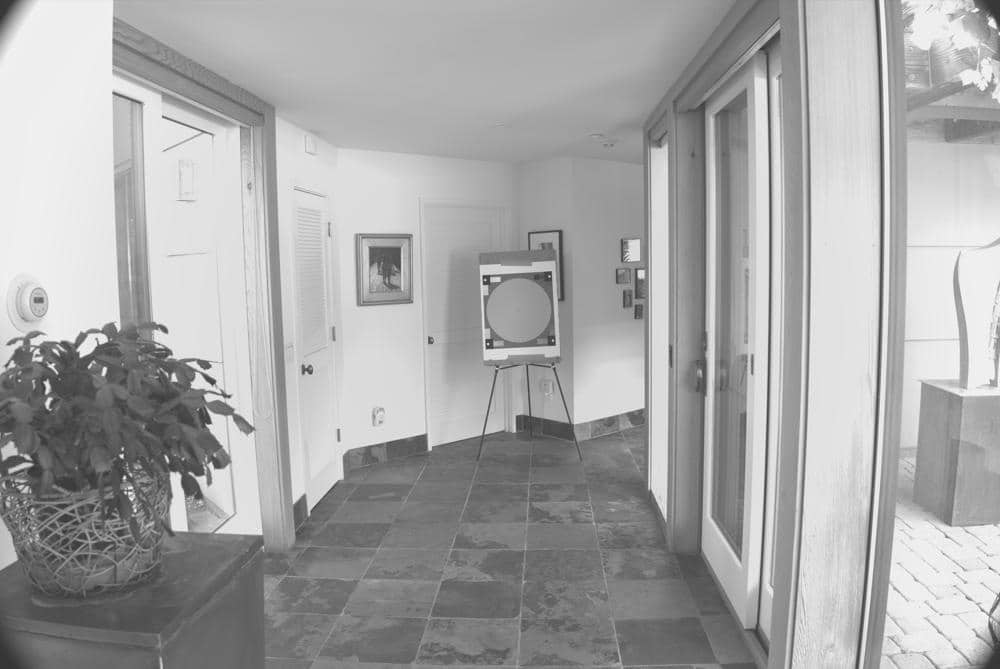
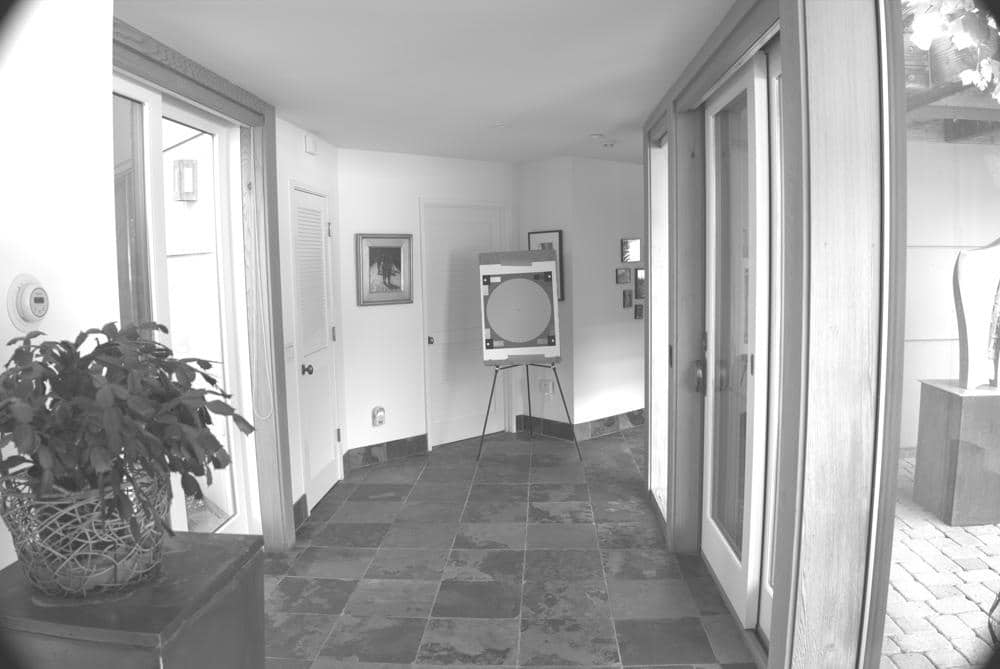

The suppression of the highlights in the ISO 100 image is quite visible.
Next was to make a scatter plot of all the pixels in the ISO 200 image on the y-axis, and all the pixels from the ISO 400 image on the x-axis.
That looks about what I’d expect it to look like. The photon noise, which increases as the square root of the signal level, is responsible for the growing spread as the signal level increases. Applying a 400 by 400 pixel averaging kernel to both images filters out a lot of the photon noise, other noise, and noise due to alignment errors, and yields:
It looks like the methodology is good. Now I’ll plot the ISO 100 points on the y-axis and the ISO 200 points on the x-axis:
That is distinctly odd. It looks like clipping takes place at values between 0.7 and 0.88 of full scale. Depending on what?
Here is the result of applying the 400×400 kernel to both images:
I am now just as confused as before, but I am confused at a much higher level.
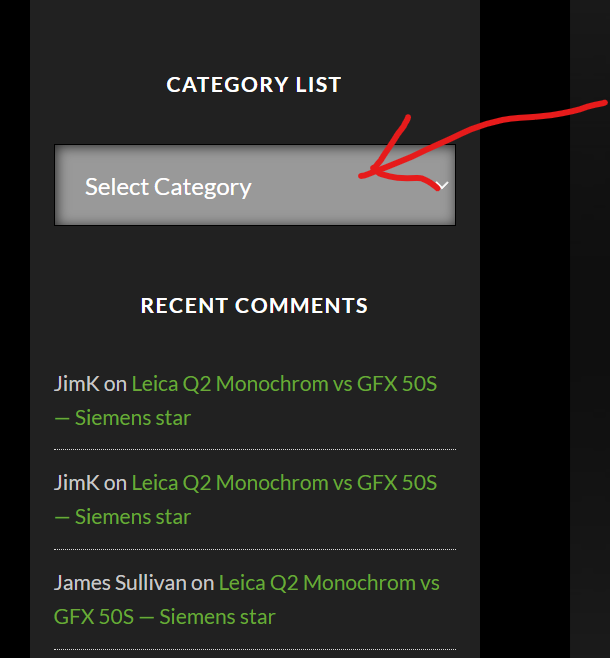
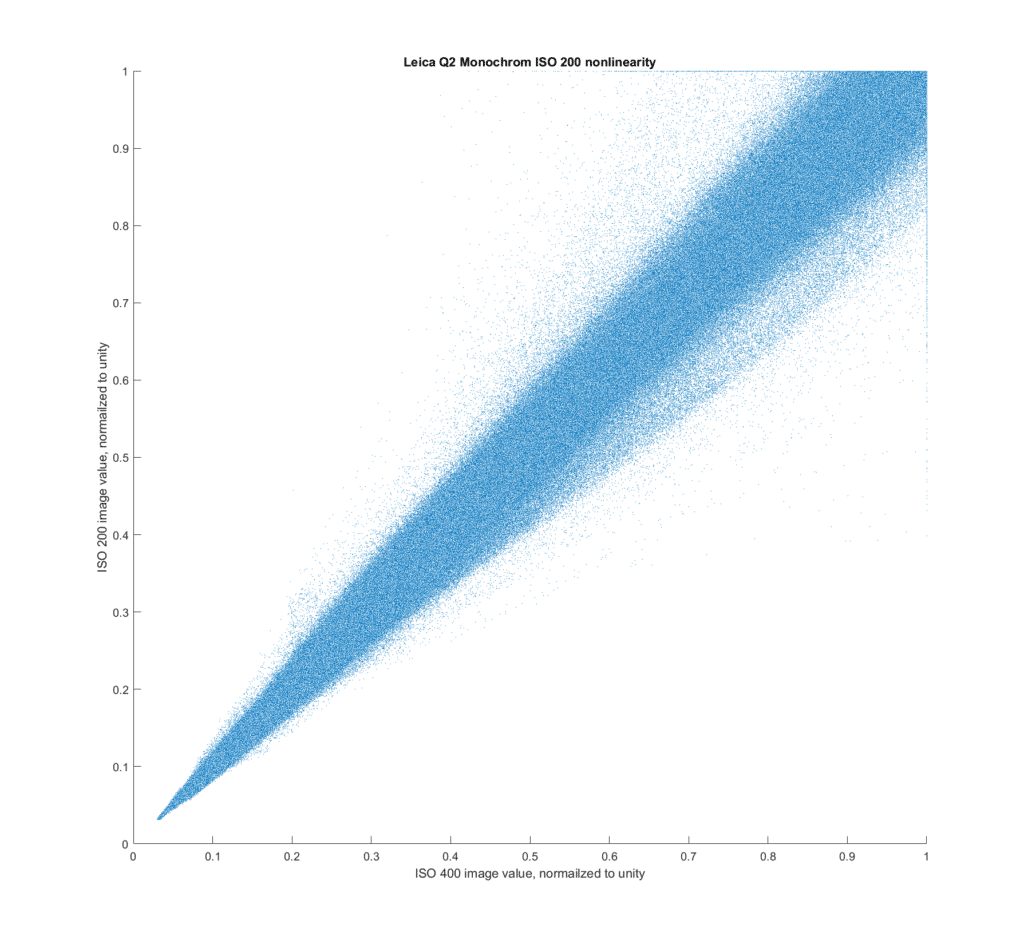
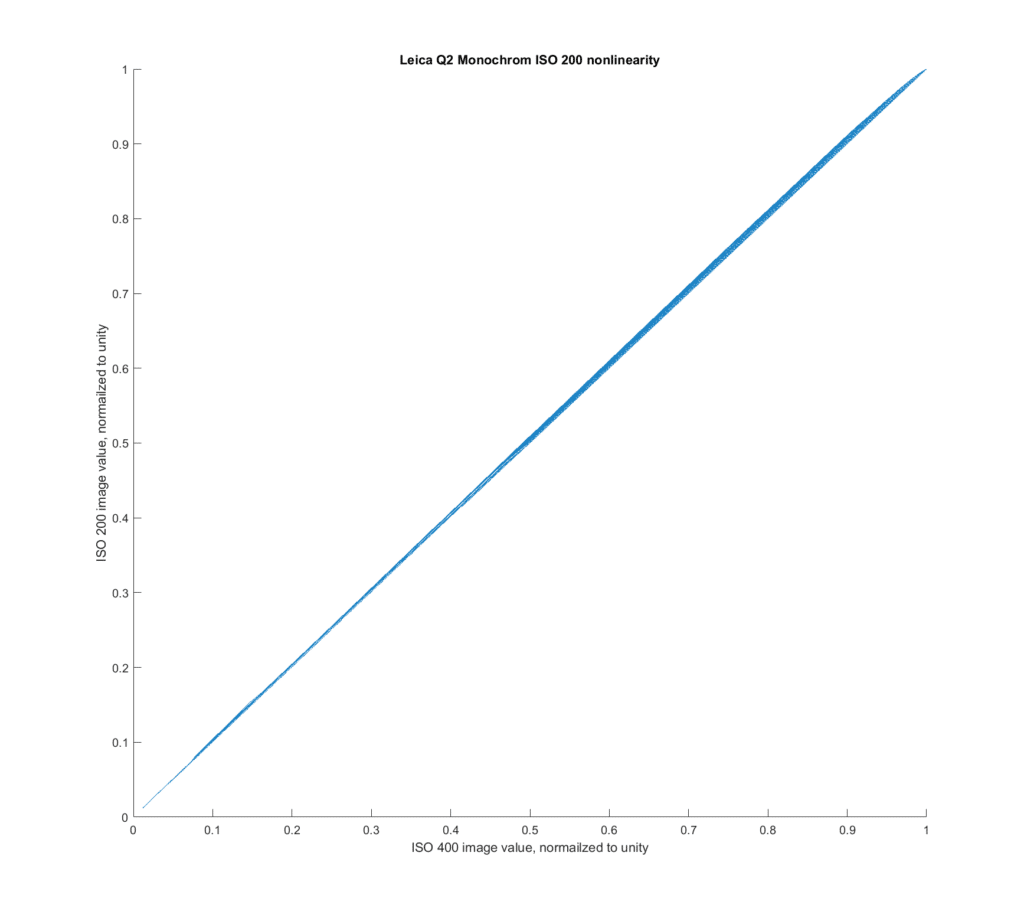
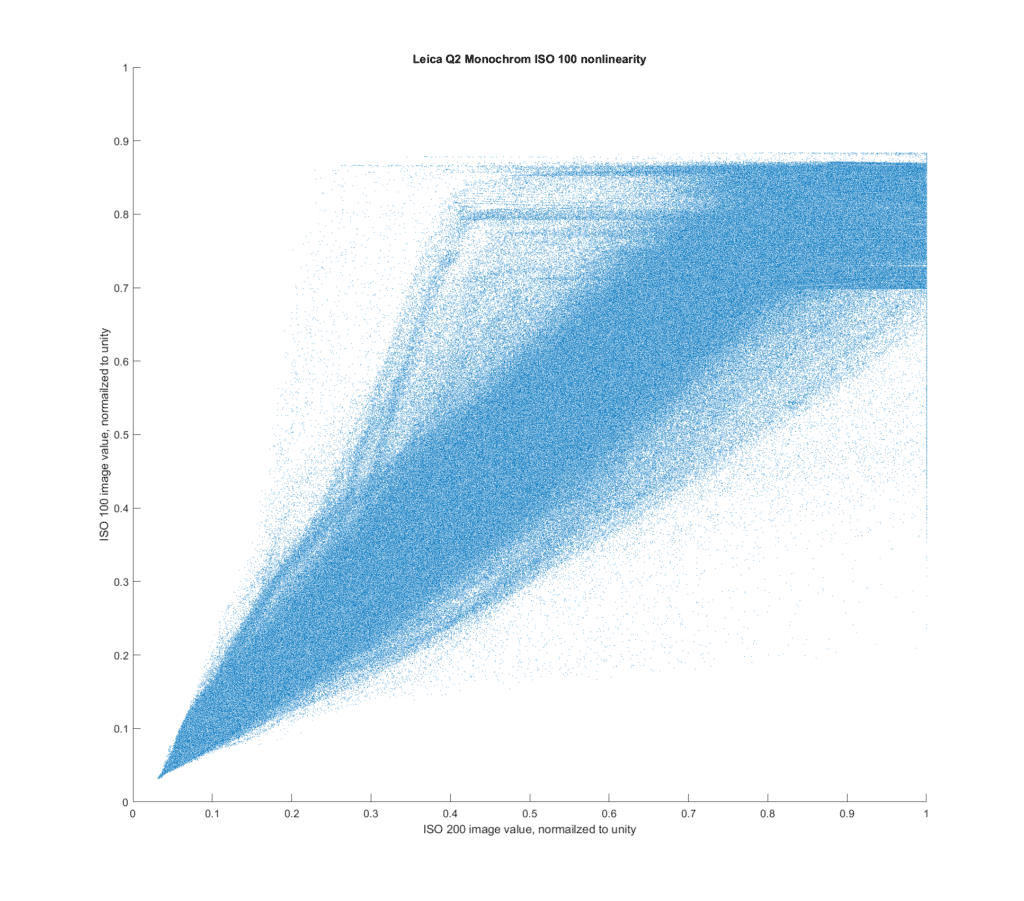
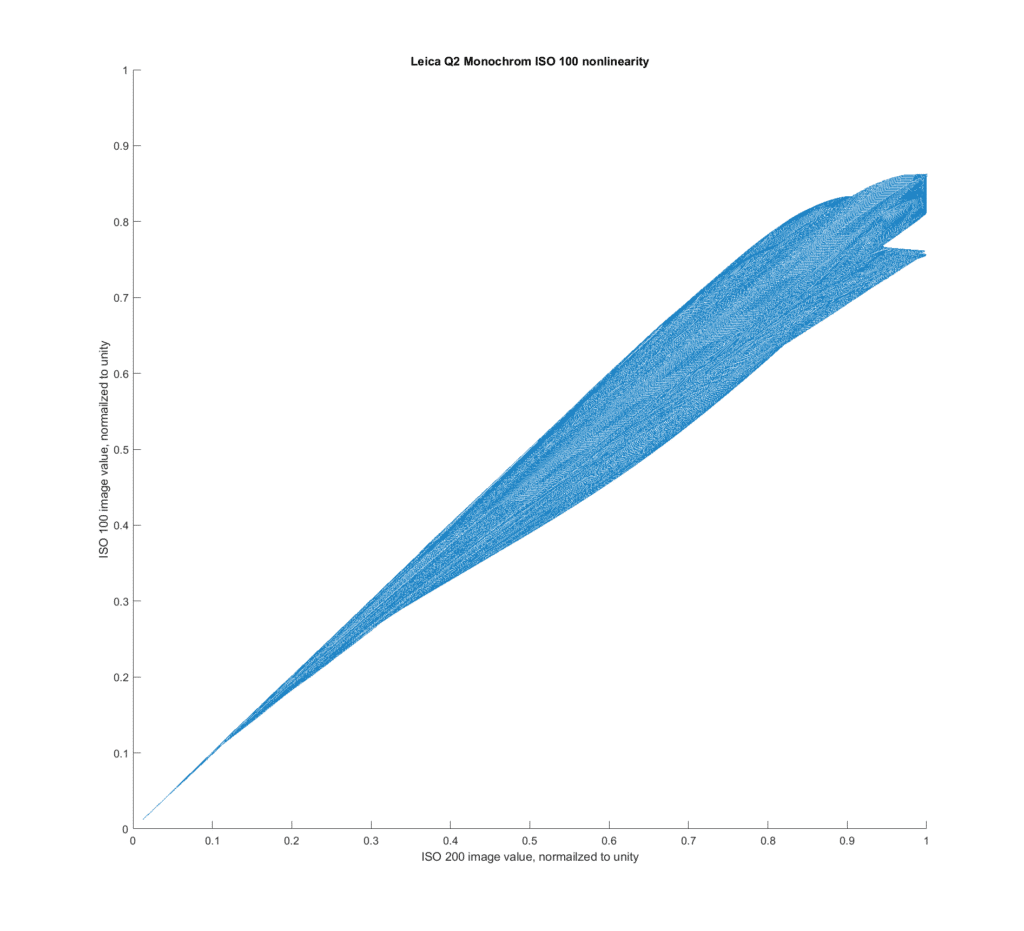
Leave a Reply